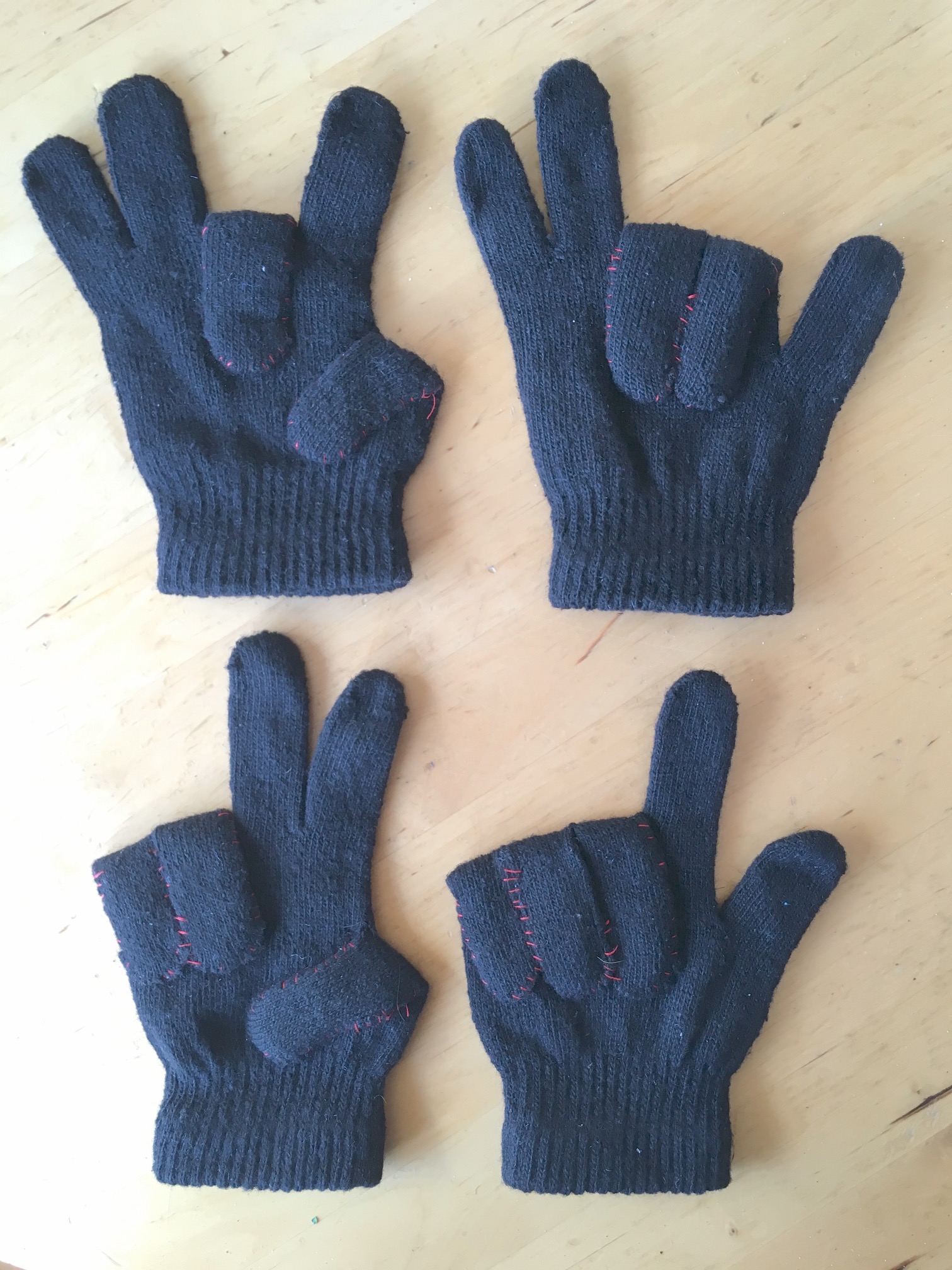


The study of primates assists in the preservation of their species in the wild.Studying both the biology and behavior of nonhuman primates can provide insight into the earliest hominins and help researchers determine what our earliest ancestors looked like. The study of primates allows for insight into the origins of humans.The following chart shows the cladistic classification within the superfamily. Among the hominoids, humans and African great apes like chimpanzees, gorillas, and bonobos, are the most closely related in this superfamily. Hominoidae - The Hominiodea superfamily includes apes and humans.The bonobo is an example of an anthropoid. Anthropoids are very diverse and found in environments throughout the world.

Anthropoidea - Anthropoids are known as “higher” primates and consist of monkeys, apes, and humans.They also have convergent eyes and see in color, whereas strepsirhines see in black and white. Haplorini - Haplorhines have larger brains, fewer teeth, and are more sexually dimorphic than strepsirhines.Strepsirhines have specialized diets, behaviors, and adaptations, such as the Sunda slow loris with its toxic bite. Strepsirhines retain more primitive characteristics, such as the rhinarium, which gives them a heightened sense of smell. Strepsirhini - The Srepsirhini suborder includes lemurs, lorises, and galagos.


 0 kommentar(er)
0 kommentar(er)
